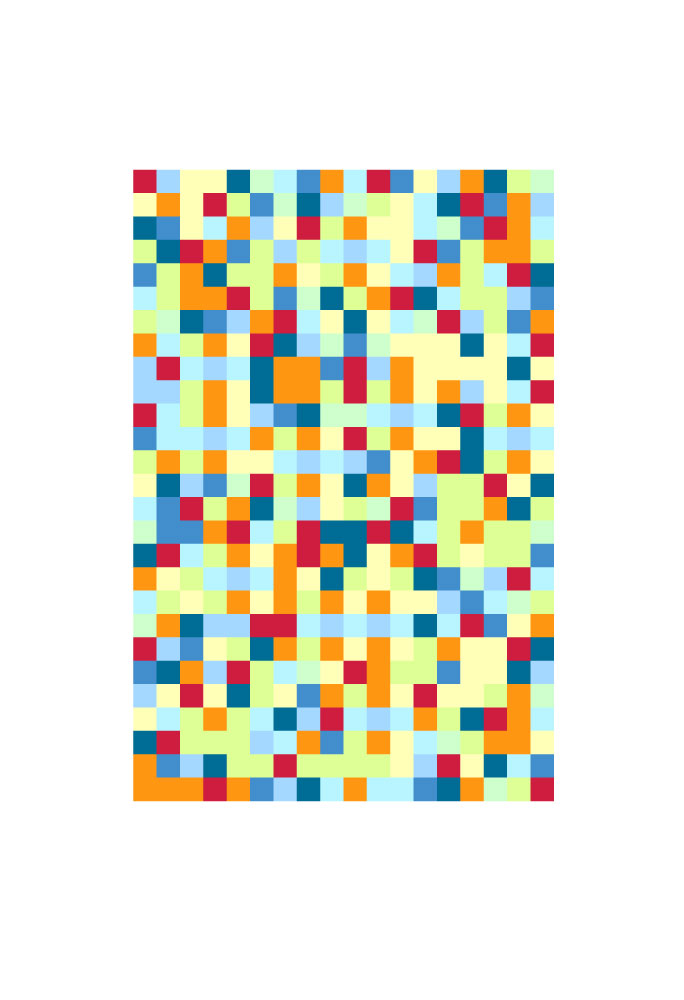As a designer, I am a bit obsessed with “production”—I strive to make work that is useful, constructive, or otherwise bears the mark of extrinsic, measurable success (i.e. profitable). I interpreted the theme “Productive-Counterproduction” as intentional making and intentional non-making. A major insight from the experiment was a better understanding of the relationship between the two modes of being and how they both relate to my design practice. The “non-production” part proved more difficult for me to master, maybe because it is passive rather than active. Tasking myself with “un-tasks” like wandering, or taking bike rides was uncomfortable. I was anxious during the unknown parts of the week when I felt like I wasn’t being productive. I also enjoying it a lot—I felt the thrill and power of trusting the process. During the week I designed, wrote, painted, hitchhiked, swam, and napped. I also made some projects starting with the idea of “line”.
My interest in line started before I traveled to Maine. It was at home in Connecticut the previous winter when I noticed something interesting in something ordinary—the “Map My Run” app on my phone. I jogged for physical exercise but soon discovered the lines that they app created documenting my journey were formally interesting. I ran at an indoor gym a few times, on a small track and on a stationary bike and had the app track me on both. I was amused to find running in circles on the track looks like a drawing of the stressed out mental state that brought me to the gym in the first place: a tangled mess of lines. The resulting images from the stationary bike became more of a study of the wifi signal, pinging back and forth from “the cloud” to my phone, clipped in place to the bike, which was secured to the floor of the gym.
As a conceptual frame for the week, I took on the idea of “line” as both a noun and a verb, and investigated its possibilities and limitations.
Three Lines
During our first dinner together we discussed our projects for the week. Several of the designers shared essays or books they were reading. For my first exploration, I took a line of text from each of their works and remixed the language, playing with strict systems to play with an element of chance in the resulting arrangements of text.
Clothes Line
In the small suitcase I packed for the week I would be in Maine, I came to realize a significant portion of my clothes were striped and became interested in exploring the formality of these lines. I explored pure form with a striped t-shirt and the scanner.
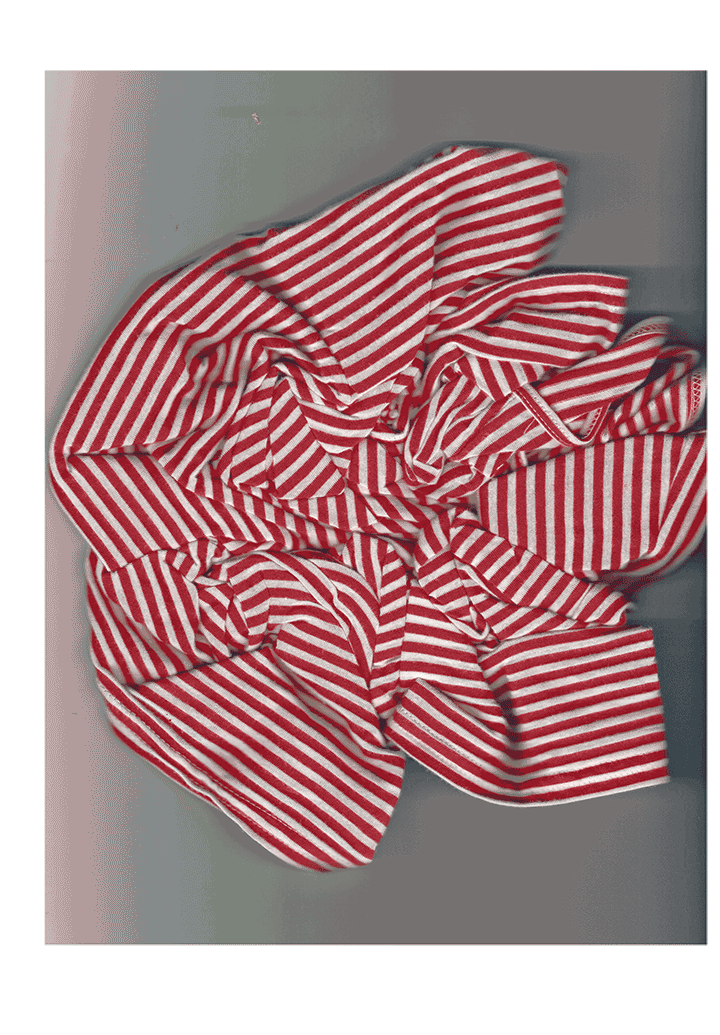
Flora Lines
Flora lines is a formal exploration of mark-making. Starting with a variety of stems and plants from the Poor Farm property and some black ink, I treated the plants as my new tool and used them as brushes. I was delightfully surprised with the resulting lines. As I continue this work, I would like to turn these images into a series of sketchbook/notebook covers, with unlined pages and these “lines” on the cover.
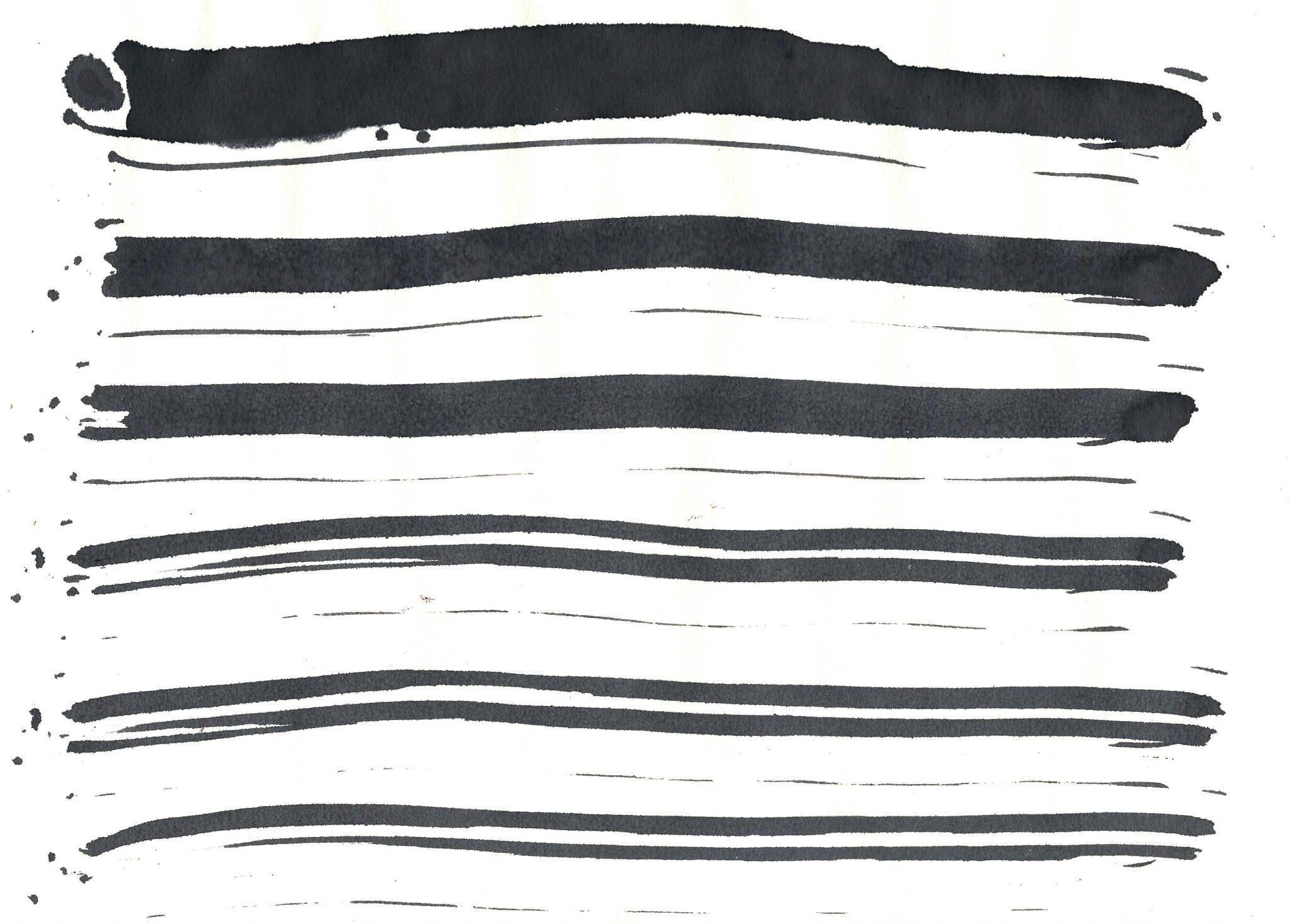
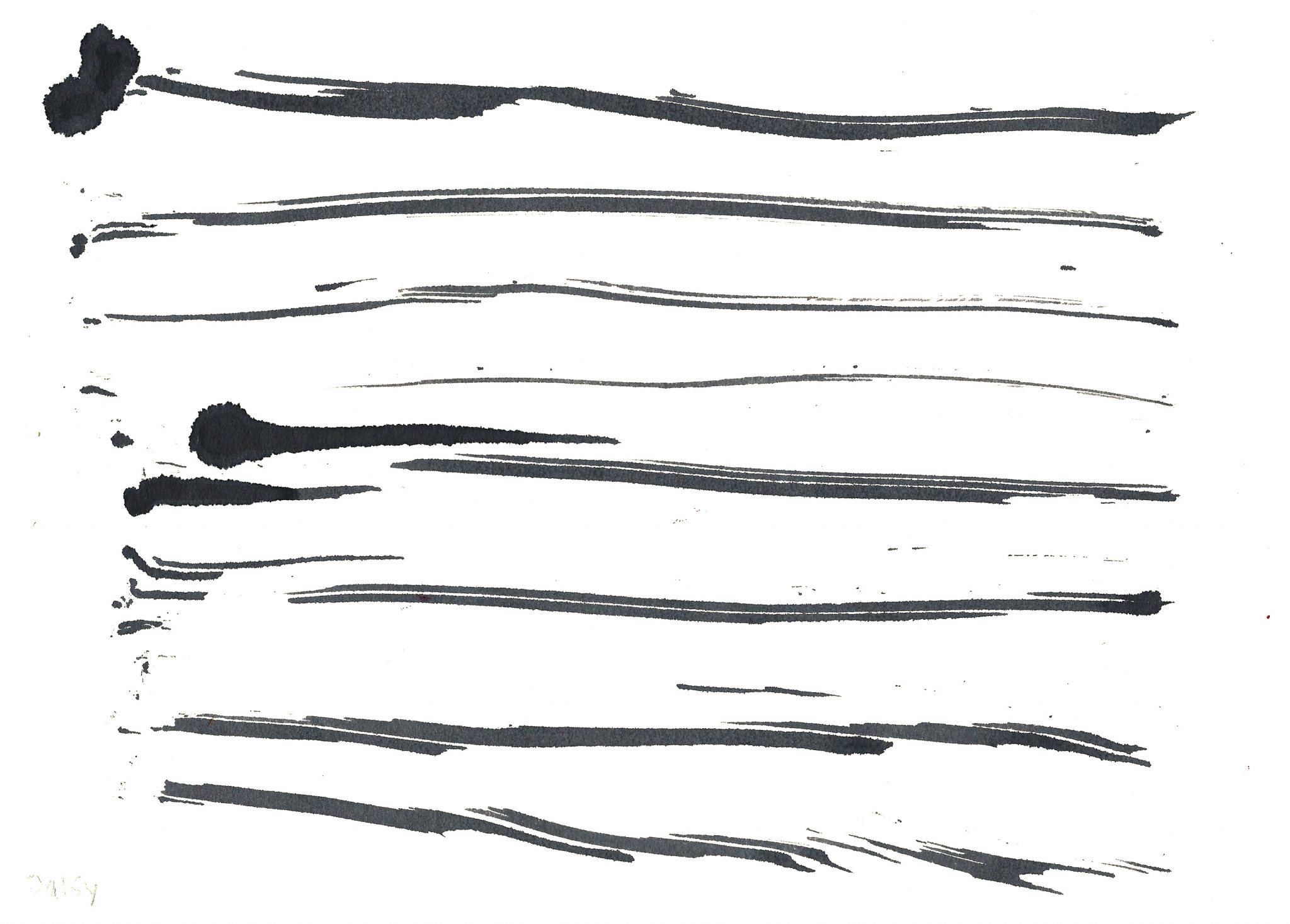
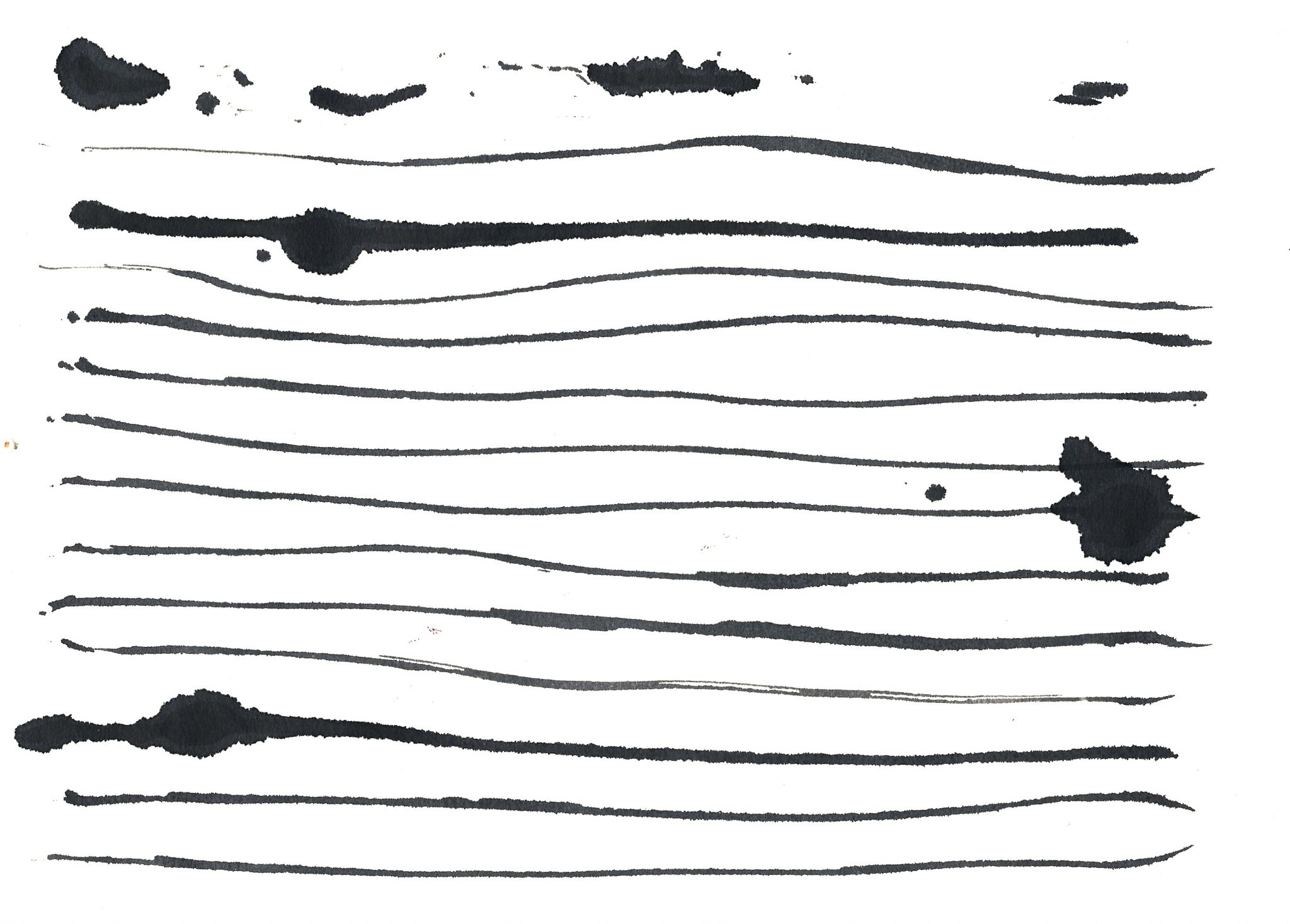
Nine Lines
The project was inspired by wandering into a used bookstore in town and purchasing a well-loved copy of J.D. Salinger’s Nine Stories for a dollar. Titled “Nine Lines” (a title with—wait for it—nine letters) is a poster comprised of the first line of each story the compilation. This project resulted in a small, signed edition of 9 inkjet prints.
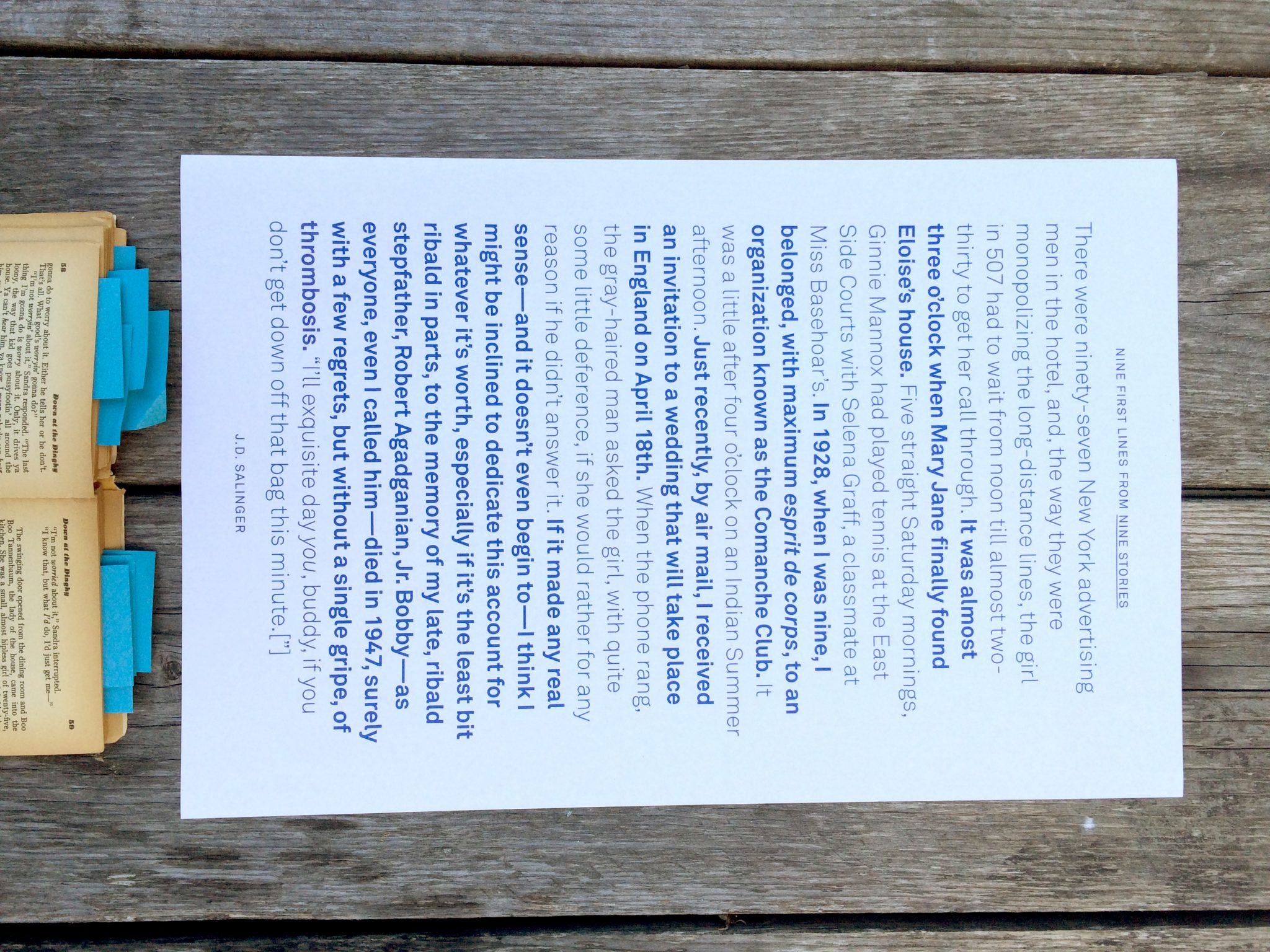
“The Swimmer” & the swimmer
The island of Vinalhaven feels unspoiled by mainstream culture compared to other small towns on the Eastern seaboard. There are only a few shops, wifi tends to be on the slower side, and many of the residents have a direct relationship with the natural world through the lobstering industry. The island is peaceful and the natural beauty in combination with the small-seaside-village architecture charms. The geographic isolation of the island seems to result in residents leaning on each other more than they might in larger or more connected communities. I met and chatted with a teenage boy on the island who had moved from Florida to the island. When I asked him where he preferred to live, without hesitation, he responded, “here” stating “on the island, everyone looks out for each other.” I found this sentiment captivating, and in contrast to other (American) neighborhoods I’ve inhabited.
This type of close-knit community conjured a nostalgic mood for me. The quarries and swimming holes—staples of summer life on the island—reminded me of my favorite short story by John Cheever, The Swimmer. Connecting these points and feelings, I became Neddy Merrill, on the final day of the residency and aimed to “swim home” (or at least touch water) in fifteen different “pools” or bodies of water—named “River Lucinda” after my wife.
“I’m swimming across the county,” Ned said.
“Why, I didn’t know one could,” exclaimed Mrs. Halloran.
“Well, I’ve made it from the Westerhazys’,” Ned said. “That must be about four miles.”
“The Swimmer” by John Cheever was originally published in The New Yorker in 1964. My journey took me to 11 out of 16 swim spots in July 2016.
1. the Westerhazy’s Pool (Smith Cove)
2. the Grahams (Arey Cove)
3. the Hammers (Robert’s Harbor)
4. the Lears
5. the Howlands
6. the Crosscups
7. the Bunkers
8. the Levys
9. the Welchers (pool was dry in original text)
10. the public pool in Lancaster
11. the Hallorans
—
12. the Sachses
13. the Biswangers
14. Shirley Adams
15. the Gilmartins
16. the Clydes
“As published, the story is highly praised for its blend of realism and surrealism, the thematic exploration of suburban America, especially the relationship between wealth and happiness, as well as his use of myth and symbolism.” (from Wikipedia)
This story echoes my interest in the relationship between logical and representational things and the emotional, the experiential and the intangible. The control Ned aspires to possess when forming a “river” by connecting all the pools in the county is a stark contrast to what might be his crumbling emotional life.
An analysis of the story via the New Yorker podcast here.
On Wikipedia here.

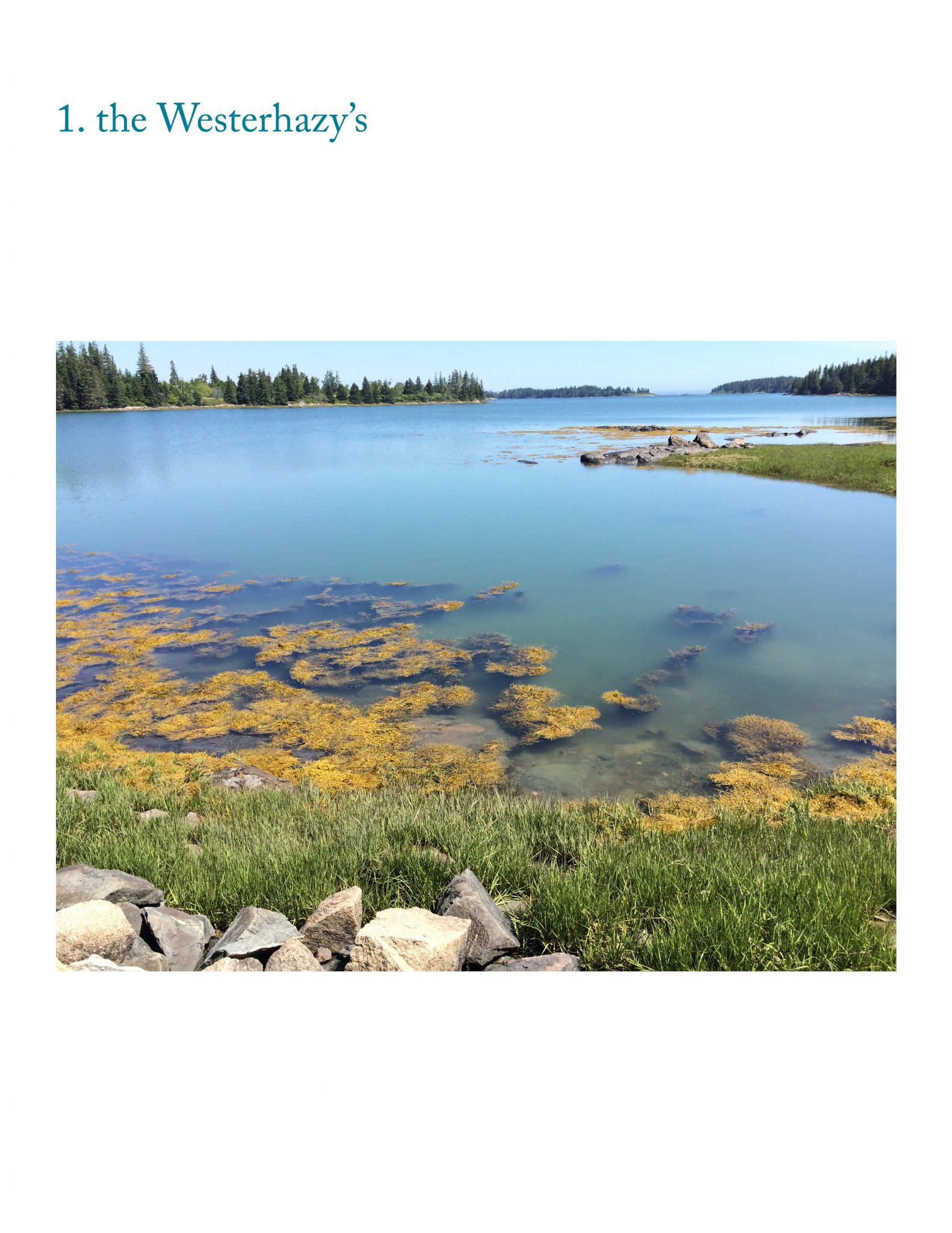
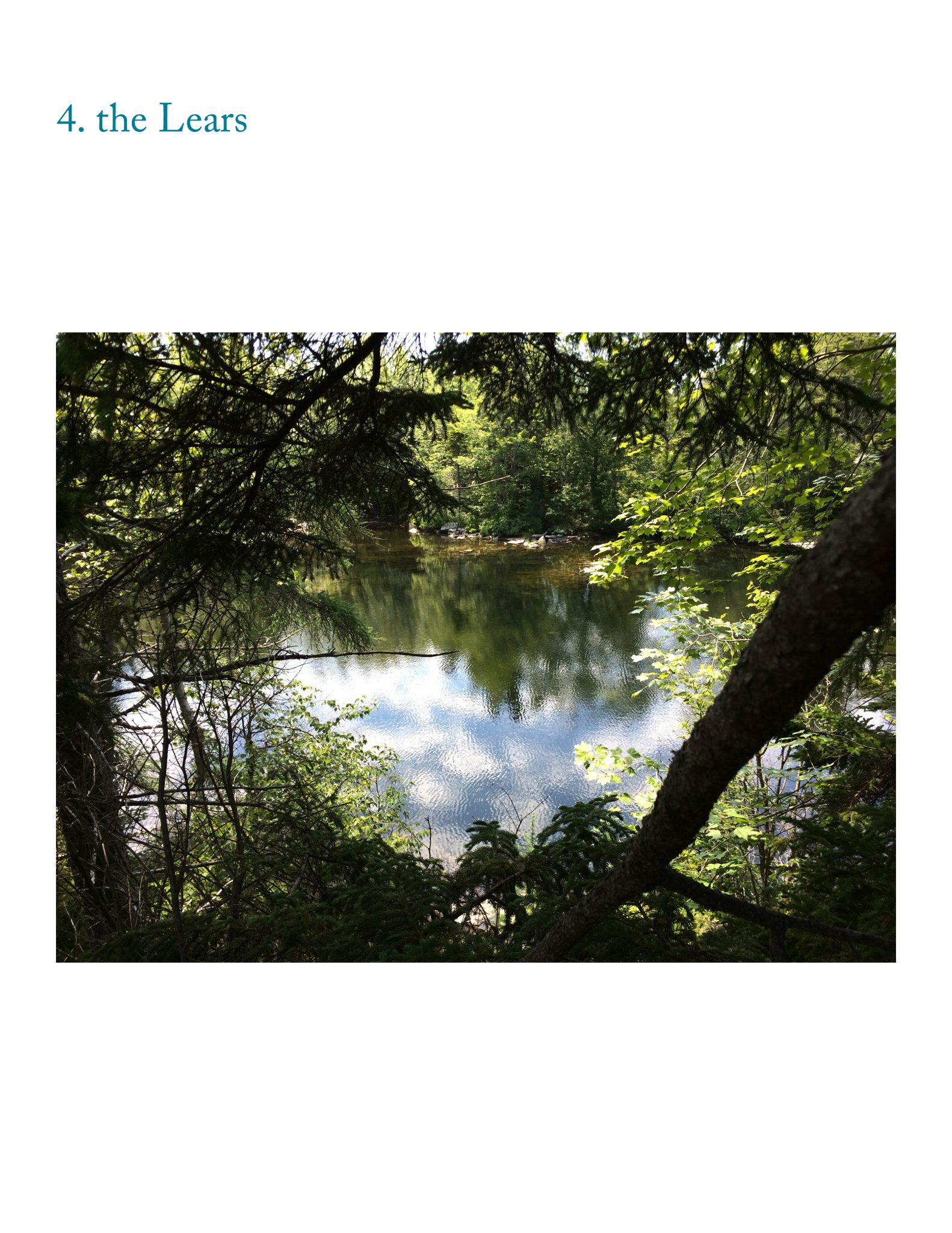
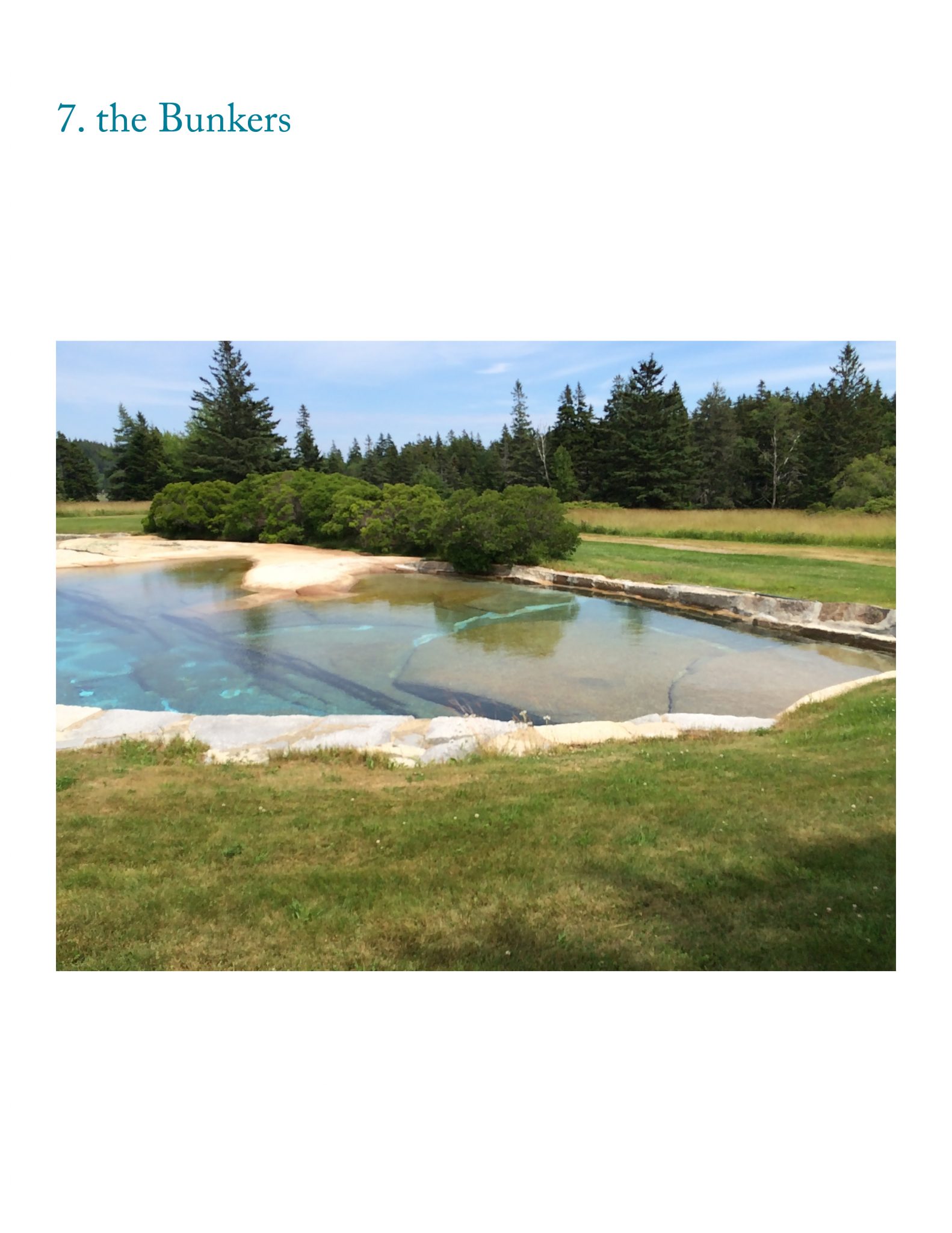
I look forward to developing these sketches further and seeing how they evolve. I have enthusiastically embraced “line” as a conceptual frame for making work. Design Inquiry on Vinalhaven in July of 2016 was my first residency experience and I can not imagine a better group of folks to usher me in. I am very grateful to the Design Inquiry team for hosting me and to the residency community for their support and guidance. Special thanks to my mentor Mark Zurolo for introducing me to the program. I miss island life and I miss Maine—the dinners and the conversations and the gin and tonics and the dogs. I frequently draw inspiration from my experiences there in my work and practice.
Until next time,
Mary Banas
yesismore.us


